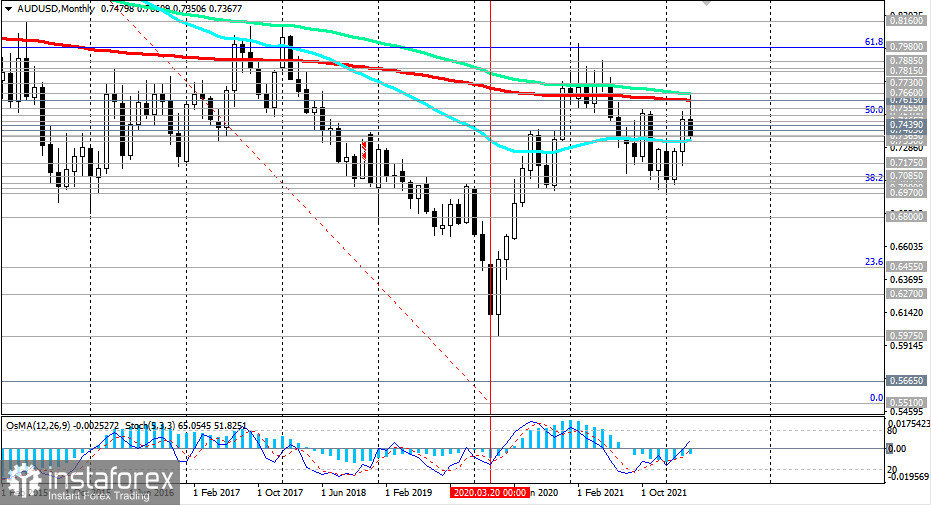Stock exchanges and banks are closed in Catholic countries celebrating Easter Monday. This will affect trading volumes, but will not eliminate the likelihood of a sharp increase in volatility due to speculative actions by traders, especially in the event of unexpected news.
Good movements may start in the market tomorrow, and at the beginning of the Asian trading session, when the minutes from the April meeting of the Reserve Bank of Australia will be published.
During its recent meeting, the RBA kept its key interest rate at 0.10%, but radically revised its forecasts, acknowledging that the economy is performing much better than the bank expected. In an accompanying statement, the RBA omitted the words "prepared to be patient" and announced that it would closely monitor incoming data on wage growth and inflation and, based on them, determine the parameters of monetary policy.
"Over coming months, important additional evidence will be available to the Board on both inflation and the evolution of labour costs," RBA Governor Philip Lowe said. "The board will assess this and other incoming information as its sets policy to support full employment in Australia and inflation outcomes consistent with the target," he added.
The inflation data for Q1 that will be released on Wednesday next week at 01:30 GMT will be critically important for determining the dynamics of RBA policy. Annual consumer inflation in Australia is expected to slow to 2% (from 3.5% in the 4th quarter of 2021).
A slowdown in inflation and its reduction in the target range of 2%-3% is likely to force the central bank to continue to take a wait-and-see attitude. Back in February, the bank announced the end of its quantitative easing program, signaling that the cessation of purchases of government bonds does not mean that interest rates will be immediately raised.
According to Lowe, there are still "no serious arguments in favor of tightening monetary policy in the short term." In his opinion, "interest rates will not be increased soon."
The RBA remains one of the few global central banks that have yet to embark on a cycle of monetary tightening. Nevertheless, market participants and economists still consider the possibility of an increase in the RBA key rate in June and a cycle of rapid tightening of monetary policy next year.
If the published protocol contains unexpected information regarding the monetary policy of the RBA, then the volatility in AUD quotes will increase.
If the RBA raises rates in the coming months, it would be the first time since 2010 and would put it on par with other key central banks, many of which are already aggressively tightening policies to contain the highest inflation since the 1980s.
Financial markets have long been pricing in the likelihood of an RBA key rate hike in June and a cycle of rapid monetary tightening next year. At the same time, the RBA does not intend to raise interest rates until inflation stabilizes within the target range of 2%-3%.
Although the aussie has been declining against the USD this month, it has been steadily trading higher in cross pairs, especially against euro currencies, receiving support amid increasing risks associated with the introduction of new sanctions against the Russian economy. In particular, new bans are expected on the import of Russian energy resources, which may lead to a new round of inflationary pressure and rising prices for commodities, of which Australia is the largest exporter. Recall that one of the main export commodities of Australia are liquefied gas, coal, iron ore, and agricultural products. The country is also the largest supplier of gold to the world market, whose quotes continue to grow.
As for the AUD/USD pair, as we noted above, it is declining after it reached the local resistance level of 0.7660 (the highest since June 2021) at the beginning of the month after the RBA meeting, attempting to break through the key long-term resistance level of 0.7615.

Nevertheless, the pair subsequently declined on the back of the USD strengthening and has now reached the important support level of 0.7365. In our opinion, at this level and with a decline to the support level of 0.7330, it is possible to enter long positions.





















